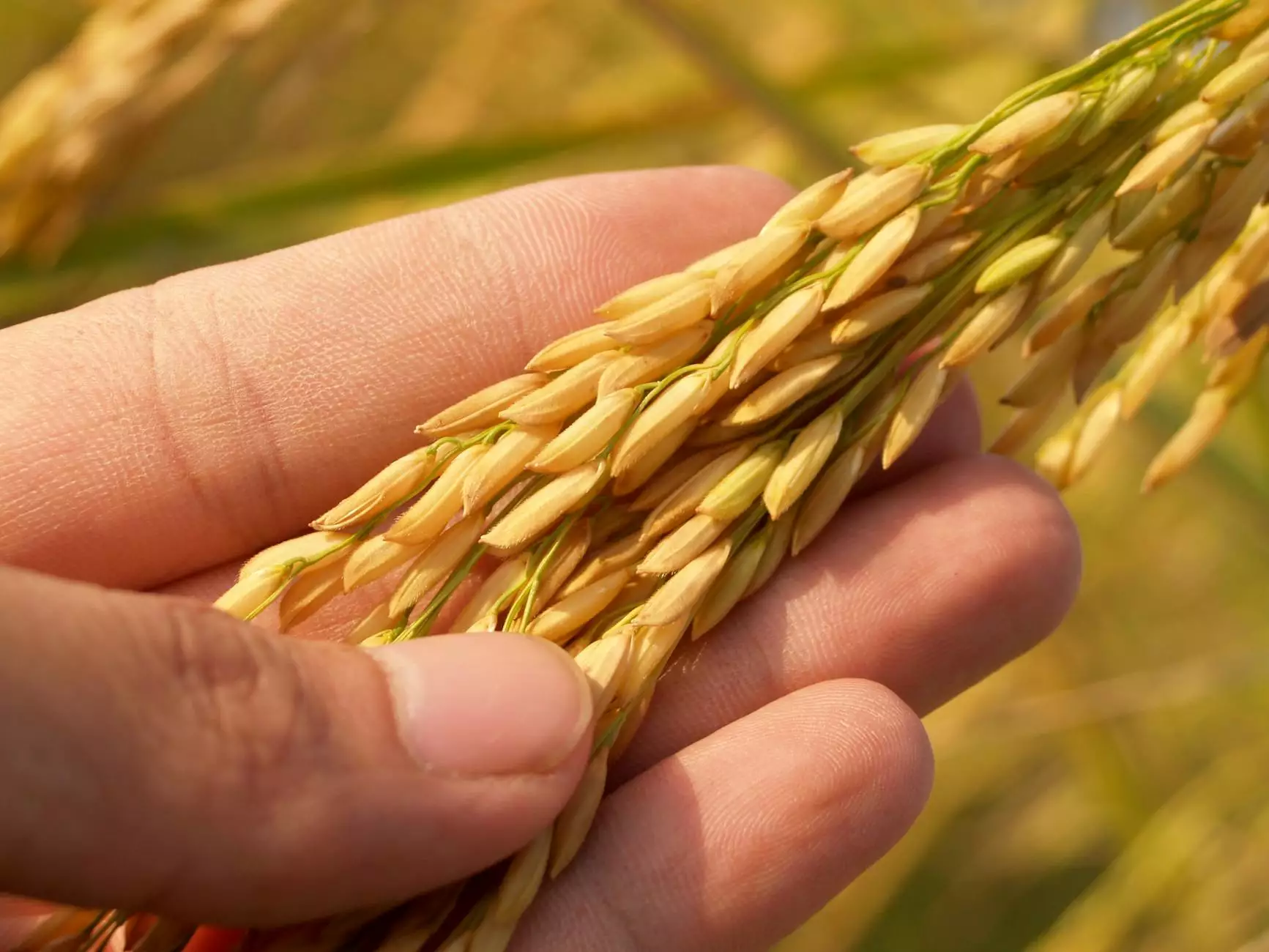Control of Rice Weevil

Introduction
The rice weevil (Sitophilus oryzae) is a common pest that can cause significant damage to stored grains, including rice. The control of rice weevils is of paramount importance to farmers and agricultural businesses, as these pests can result in substantial economic losses. At TSGC Inc., we specialize in farm equipment repair and farming equipment solutions, including effective methods for controlling rice weevils. In this article, we will explore various strategies and techniques to help you effectively manage rice weevil populations and mitigate their impact on your stored grains.
Understanding Rice Weevils
Before delving into effective control methods, it is essential to understand the biology and behavior of rice weevils. Rice weevils are small beetles that are typically around 2 to 3 millimeters in length. They are reddish-brown in color and have long antennae. Female rice weevils can lay up to 300 eggs throughout their lifespan, and these eggs are deposited inside stored grains, including rice.
Signs of Rice Weevil Infestation
Identifying the signs of a rice weevil infestation is crucial for implementing control measures promptly. Some common signs include:
- Presence of adult rice weevils or their larvae in stored grain
- Small, round exit holes on grains, indicating adult emergence
- Musty odor emanating from infested storage areas
- Grain caking or clumping due to rice weevil activity
Preventing and Controlling Rice Weevils
1. Proper Storage
Implementing proper storage practices is essential to prevent rice weevil infestations. Here are some key tips:
- Ensure the storage area is clean and free from residual grains, dust, and debris.
- Use airtight containers to store grains, limiting access to rice weevils.
- Regularly inspect stored grains for signs of infestation and promptly dispose of contaminated batches.
- Maintain the storage area at cool temperatures, as rice weevils thrive in warmer environments.
2. Natural Predators
Encouraging the presence of natural predators can help control rice weevils. Some beneficial predators of rice weevils include parasitic wasps, beetles, and certain mites. Consider implementing integrated pest management strategies that focus on preserving a balance between harmful pests and their natural enemies.
3. Chemical Control
In cases where natural control methods are insufficient, chemical control measures can be employed. However, it is essential to follow all safety guidelines and regulations when using pesticides. Consult with agricultural experts or pest control professionals to determine the most suitable and effective chemical control options for your specific circumstances.
4. Farm Equipment Maintenance
Regular maintenance and repair of farm equipment play a crucial role in preventing rice weevil infestations. At TSGC Inc., we specialize in farm equipment repair services. Ensuring that your equipment, such as grain storage bins and transport systems, is in optimal condition can help minimize potential entry points and reduce the risk of infestations.
Conclusion
Controlling rice weevils is a multifaceted task that requires a combination of preventive measures, natural control methods, chemical control, and proper farm equipment maintenance. By implementing these strategies and partnering with experts in farm equipment repair and farming equipment solutions, such as TSGC Inc., you can effectively manage and mitigate the impact of rice weevils on your stored grains. Remember to regularly monitor your grains for signs of infestation and promptly address any issues to ensure the long-term viability and profitability of your agricultural operations.









